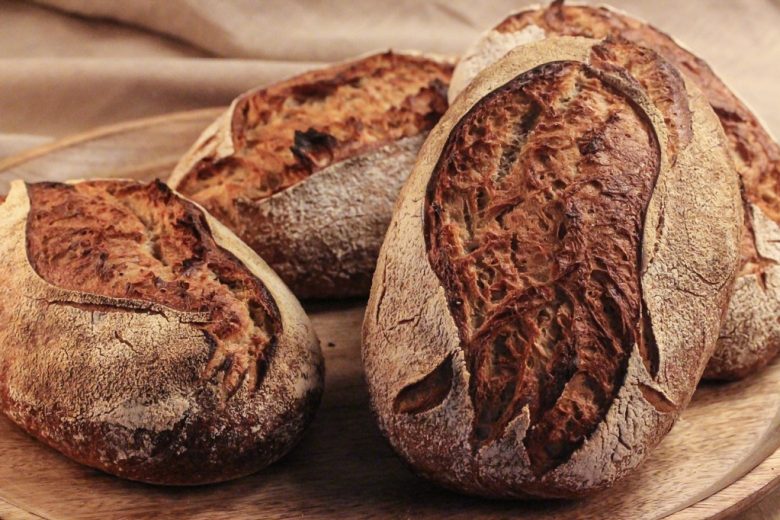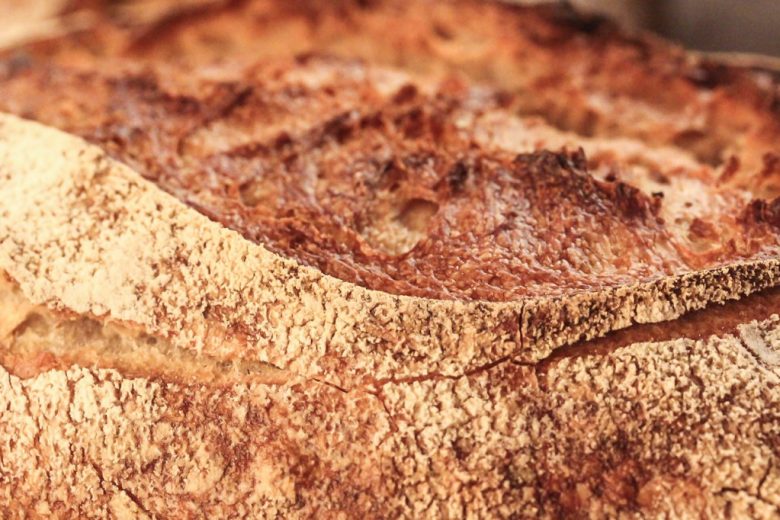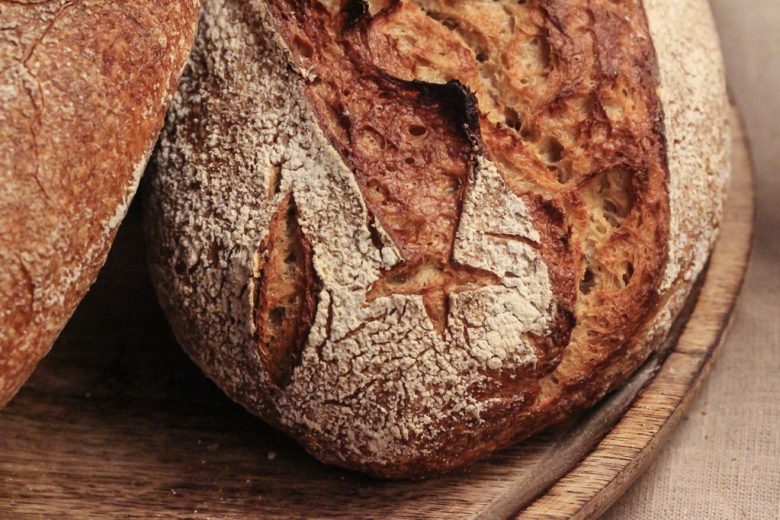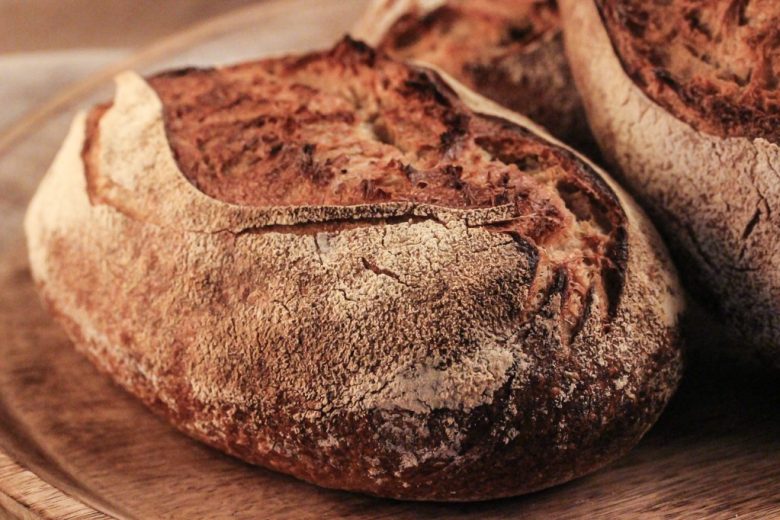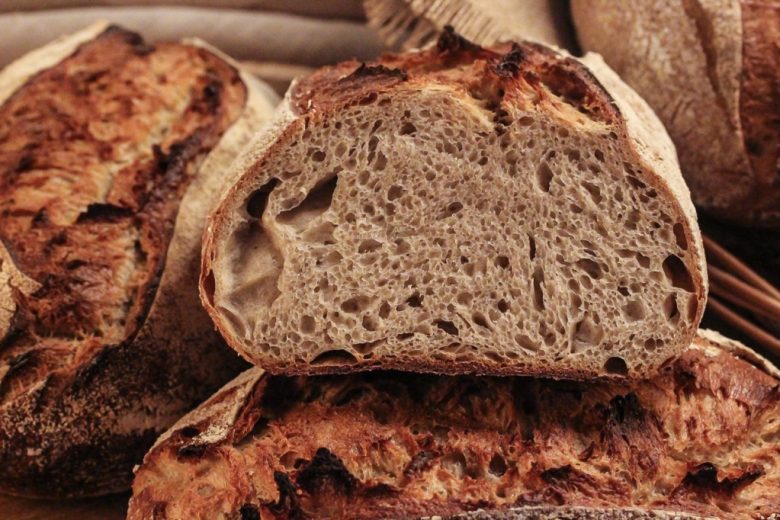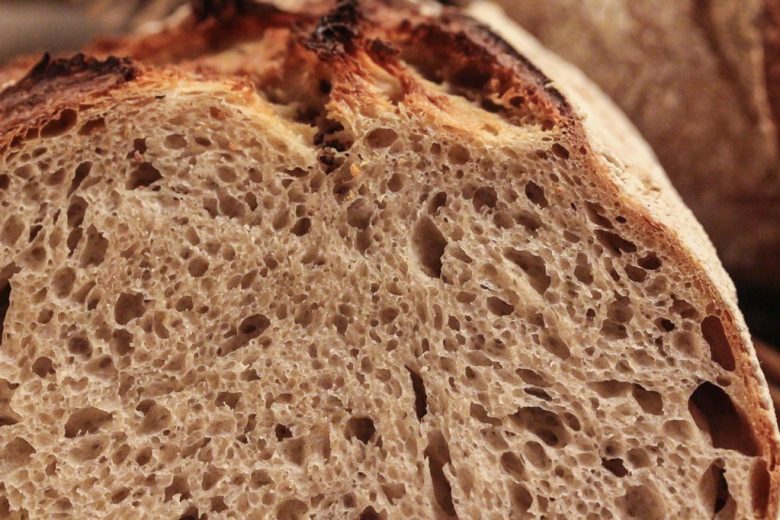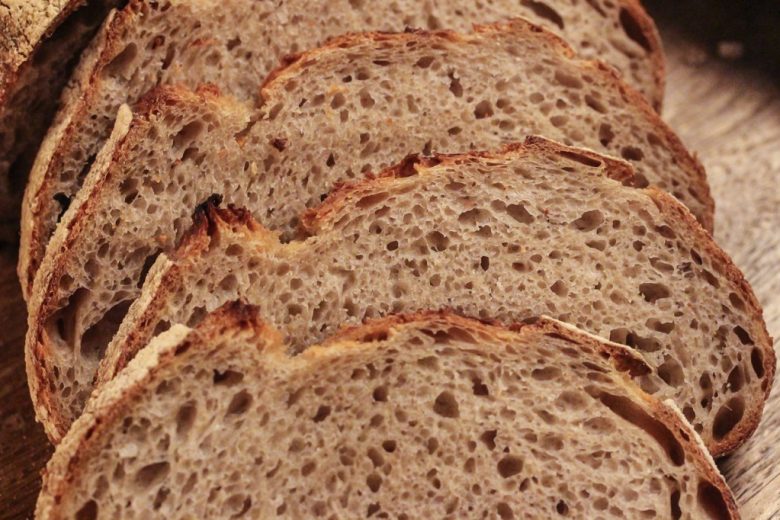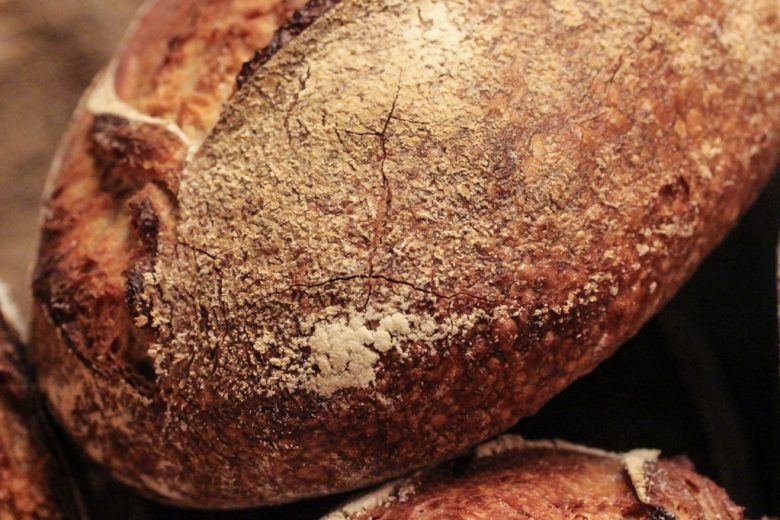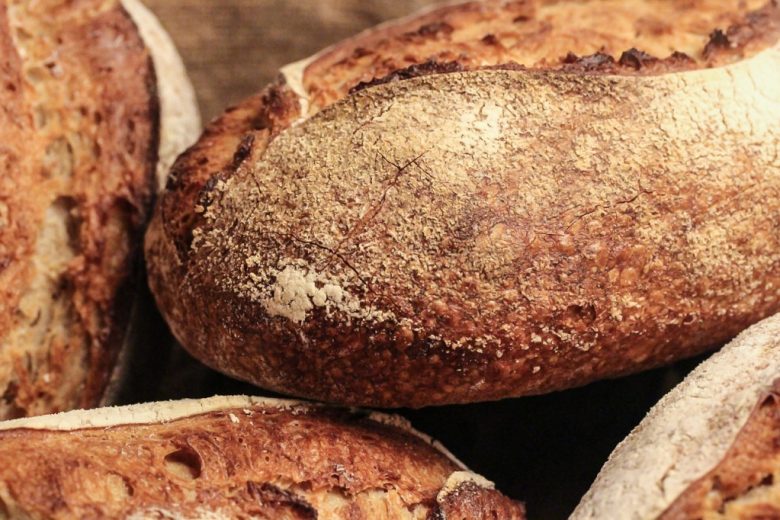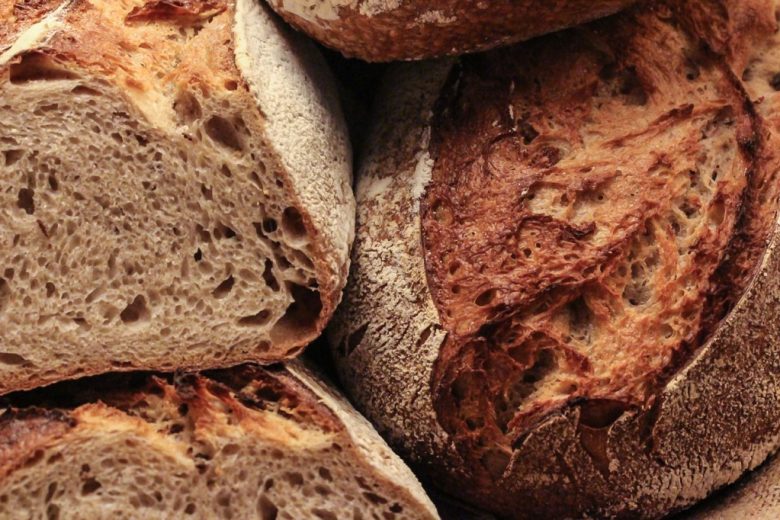Sourdough Bread
To create first-class bread and baked goods, a correctly designed recipe is of utmost importance, as is the selection of raw materials. Sourdough and predough have been around forever, but valid sourdough rules were hardly known until just a few decades ago.
This made it hard to achieve consistent bread quality at the time. Experience was relied upon and passed down from generation to generation. Knowledge was mostly spotty, since it was usually based on observing individual parameters.
Parameters and rules for sourdough creation
Disregarding expert rules on dough temperature, dough hydration level and resting time causes mistakes in the sourdough, which in turn lead to dough that is too young or too old. People often try to find the root of their mistakes in how the dough is worked, but the error often lies much earlier, in the preparation of the sourdough.
Temperature
Temperature is the factor that has the greatest impact on the souring process! Therefore, the dough temperature should be checked at the beginning and the end of the maturation period. Temperatures under 30°C lead to:
- A good dough structure
- A somewhat firm crumb
- A sour tasting bread
Temperatures over 30°C lead to:
- A rather moist dough
- An elastic crumb
- A crumb with coase, uneven pores
- A somewhat darker crumb
- A mild aromatic taste
Dough consistency/Dough hydration level
The dough consistency doesn’t have a major impact on the souring process, but it should always be established and adhered to. For sourdoughs, it’s recommended to have a hydration level between 180-200%.
Sourdoughs with a dough hydration level (TA) 180 lead to:
- A firm crumb
- A crumb with large pores
- A powerful taste
Sourdoughs with TA 200 lead to:
- A softer crumb
- A crumb with fine pores
- A mild tasting bread
Resting time/maturation time
With sourdough, it is vital to stick precisely to the resting times, regardless of whether it is a one- or multi-stage sourdough. When it rests, the sourdough is in its active phase. With some sourdoughs, the window of time to work with it is extremely tight, because the degree of acidity can change so much in such a short amount of time that it noticeably and seriously impacts the bread.
Overripe sourdough
Cause:
- Too much/too little starter
- Maturation that is too warm
- Maturation that is too cool over a long period of time
- Maturation that is too soft
- Left too long to rest
Effects:
- Impairs the quality of the dough and the gluten
- Poor ability to bind water
- Flat bread
- Small volume
- Dense porosity
- Strong sour bread aroma
Unripe sourdough
Causes:
- Too little started used
- Maturation that is too cold
- Maturation that is too stiff
- Not left to rest long enough
Effects:
- Insufficient yeast reproduction
- Too little acidity in the dough (cracks in the crumb and very crumbly)
- Poor ability to rise
- Blisters on the bread crust
- A moist, inflexible crumb
- Minimal and dense porosity
- Bland bread taste
Unusual smell
Cause:
- Extraneous fermentation
Effects:
- Underactive starter and acid formation
- Bread aroma is impaired
Recipe
For a dough weight of 1420g / 2 loaves, each weighing 710g
Wheat sourdough
- 5g starter
- 100g wheat flour type 1600
- 100g water
DT: 26-28°C RT: 15-18 hours TA: 200
Rye sourdough
Stage 1 (Foundation sour)
- 5g starter
- 45g rye flour type 960
- 25g water
DT: 23-24°C MT: 10-12 hours TA: 156
Stage 2 (Full sour)
- 75g ripe foundation sour
- 100g rye flour type 960
- 120g water
DT: 29-31°C RT: 3-4 Stunden TA: 200
Main dough:
- 205g mature sourdough
- 295g mature rye sourdough
- 600g wheat flour type 700
- 300g water (reserve around 50g of water to mix in during the quick knead!!)
- 20g sea salt
Mix all ingredients together slowly for 8 minutes and then knead quickly for 3-4 more minutes. (Knead the dough until it falls away from the mixing bowl wall).
Place the dough in an oiled tub and let it rise for 90 minutes (fold every 30 minutes!)
Next, divide the dough into two pieces of equal size and form into round loaves.
After a short rest, shape the rounds into long loaves and place seamside-down in a proofing basket. The proof takes place in the refrigerator at 4-5°C for 15 hours.
Bake the bread with strong steam in an oven preheated to 250°C and reduced to 230°C. Bake for 35-40 minutes.
(Just before putting the bread in the oven you can also score the bread seam with a sharp knife!)


